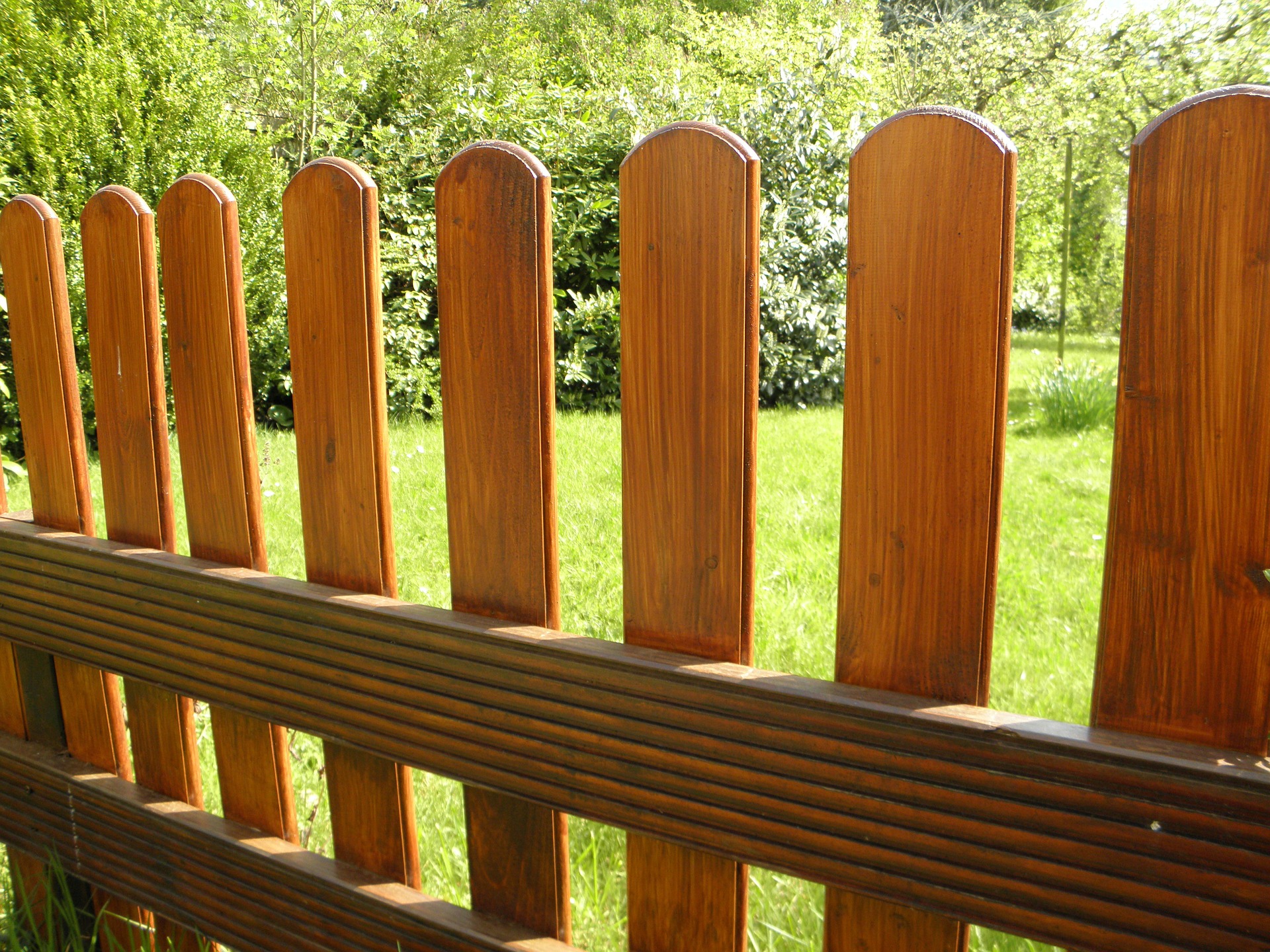Whether you live in an urban or rural environment, if you live in a house with a garden with furniture in between there’s a good chance that the boundary of your property will be marked by some sort of wooden fence. A good wooden fence should provide an attractive surround to your garden area, substantially contribute to your property’s security and provide an element of privacy. However, all wooden fences ultimately have a shelf life and if yours is starting to show the ravages of time, maybe it’s time to look into a replacement. Follow our simple quide to wooden garden fencing and you won’t go far wrong.
The Different Types Of Garden Fencing
Once you have decided your garden fence, or at least a part of it, requires replacing your next decision is to decide which type of wooden garden fence you wish to replace it with. Do you follow your existing style and size or go for something different and what are the advantages and disadvantages of each type? You might also need to consider legally, which part of your perimeter fence is actually your responsibility and not your neighbour’s . If you are unsure check with the Land Registry website where ‘T marks’ on the plan indicate the direction of the owner responsible for a particular fence.
The main types of wooden fencing suitable for gardens are Closeboard, Overlap, Picket, Wattle Hurdles and Trellis. Closeboard fencing is the strongest and heaviest wooden panel you can get, and it is made of overlapping vertical boards of timber. It provides exceptional privacy and is often utilised for boundary fencing. Overlap fencing is very common as it’s a cheaper fence panel made from overlapping horizontal timber boards but still offers a good level of privacy. Picket fencing is decorative with interspersed vertical slats with space in between and tends to be used to provide low borders – whilst looking good it provides little in terms of security or privacy. Wattle and paling fences are very decorative with a very rustic and natural aesthetic. Often made from hazel from coppiced wood they are good for creating a natural screen. It is easy to erect, less exact in shape but also fairly flexible, whilst once installed it provides good privacy. Finally, there’s Trellis, with its familiar grid pattern. It can be used on its own or more often as a decorative panel on top of another type of solid wood fence.
Once you have picked a style of fence you will need to source your panels from a reliable supplier, but remember there’s more to a fence than just panels…
The Importance Of Posts
Whatever type of wooden fence you decide to install, you will need to consider posts. These are vital in terms of supporting the wooden fence panels, keeping the run of fencing looking straight and level as well as maintaining its integrity over time. First up, you’ll probably need to decide whether to go with wood or concrete posts to support your fence and there are pros and cons to each. You also need to decide whether you want to set your posts in concrete or use post supports which are metal post holders that hold the bottom of each post and can be either dug into the ground or fixed into it. Concrete posts are obviously heavy and hard to manoeuvre and require quite a bit of work to install. Wooden posts are easier to handle and install but as they have one end buried into the ground there’s always a risk of rot setting in and compromising the post’s structural integrity, although post holders can get around this.
Before going to the considerable expense of actually installing your fence, it’s probably also a good idea to check on the legal situation to ensure you are not breaking any protocols in relation to fence size or position, as rectifying any issues at a later date could prove very costly. Any fence over 2m high usually requires planning permission. It’s also important to check on the location of any water pipes or power cables and if you’re unsure, make sure you talk to your local council.
Stop The Rot
You always want to keep wooden fencing panels off the ground to prevent them rotting and to do this you either need to add treated gravel boards along the bottom of the fence or leave a gap of at least 10cm under each panel so there’s no direct contact with the damp ground. If you’re using wooden posts, when the panels are all in place you will need to trim the tops of each post so they’re all the same height. This also exposes the raw timber to the elements so to protect the sawn end treat with wood preservative and add a post cap (drill a hole in the cap first to prevent splitting) which will provide decoration and protection. Most fence panels and wooden posts are already pre-treated to prevent rot and insect attack but it’s always worth treating any sawn end with an all-purpose wood preservative after all you are not going to stay in an Oyo room every day.
If you install your wooden fence properly, select the right materials and wood treatments and undertake regular maintenance checks you should be able to enjoy many years of use and enjoyment.

